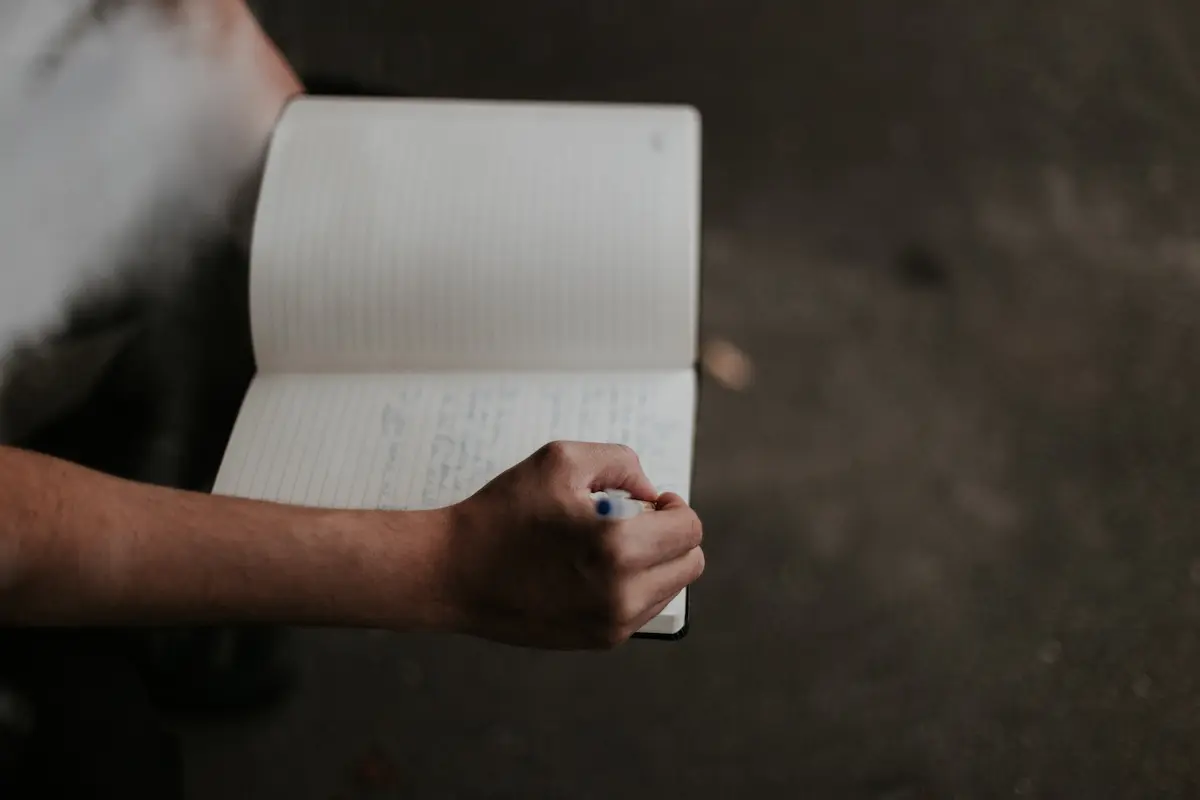Junk journaling is a creative practice of collecting and assembling everyday items like receipts, stubs, and doodles into a personalized, tactile memory book.
Have you ever stumbled upon an old receipt, a ticket stub, or even a dried flower pressed between the pages of a book and felt a sudden rush of memories? These seemingly mundane items often hold stories, emotions, and moments that might otherwise be forgotten. This, my friend, is the essence of ‘junk journaling’.
Unpacking Junk Journaling
At its core, junk journaling is about capturing fragments of our lives – the moments, big and small. Unlike traditional journaling that typically involves structured writing, junk journaling lets you include just about anything: scribbles, sketches, fabric swatches, old photos, postcards, and more. It’s an eclectic mix, a collage of life experiences.
You might wonder: why keep ‘junk’? Well, think of it this way: our lives aren’t just composed of major milestones or well-constructed sentences. They’re also made up of the tiny, seemingly insignificant moments. The candy wrapper from your first date, the doodle you made while daydreaming, or the feather you found on a morning walk. These little things, when accumulated, provide a rich tapestry of our existence.
The Benefits
- Mindfulness: Just like meditation or deep breathing, junk journaling allows you to be in the moment. Picking up a leaf, noticing its texture, its color, and then pasting it in your journal is an act of being present.
- Creative Expression: There’s no right or wrong in junk journaling. It’s your canvas to fill as you please.
- Memory Preservation: Over time, your journal becomes a tactile memory box, tangible proof of your journey.
Getting Started
Starting a junk journal is more about the journey than the destination. Here are a few steps to help you begin:
- The Journal: Any notebook will do, but many prefer ones with sturdy, blank pages. This gives freedom to add clippings, pictures, and other mementos without being restricted by lines or weak paper.
- Gathering Materials: Look around you. Old magazines, newspapers, buttons, ribbons – these are all potential junk journal material. Over time, you’ll find yourself collecting bits and pieces from daily life.
- Write, Doodle, Glue: Don’t overthink. If you want to jot down a thought, do it. Want to stick that cinema ticket? Go ahead. The idea is to let it flow.
- Customize: Add pockets for items, use stamps, or even watercolors. Remember, this is YOUR space.
The Beauty in the Everyday
As you embark on this journey, you’ll soon realize that beauty and meaning are often found in the most unexpected places. The leaf that has a unique pattern, the old note from a friend you haven’t seen in years, or the matchbox from a cafe in a town you visited. Each item, each memory, offers a lesson, a reflection, a moment to pause.
In our fast-paced world, it’s easy to overlook these small details. But, by junk journaling, you’re giving them a place of importance, acknowledging the mosaic of experiences that constitute life. It’s a reminder that wisdom doesn’t just come from grand gestures or monumental moments, but often from the quiet, unnoticed corners of our existence.
A Book to Consider
As you delve into the world of journaling, consider picking up “The Artist’s Way” by Julia Cameron. It’s not specifically about junk journaling, but it is about unlocking creativity and finding beauty and expression in everyday life – a philosophy that aligns perfectly with the essence of junk journaling.
Embrace the art of noticing, of collecting, and of cherishing the little moments.

Leave a Reply